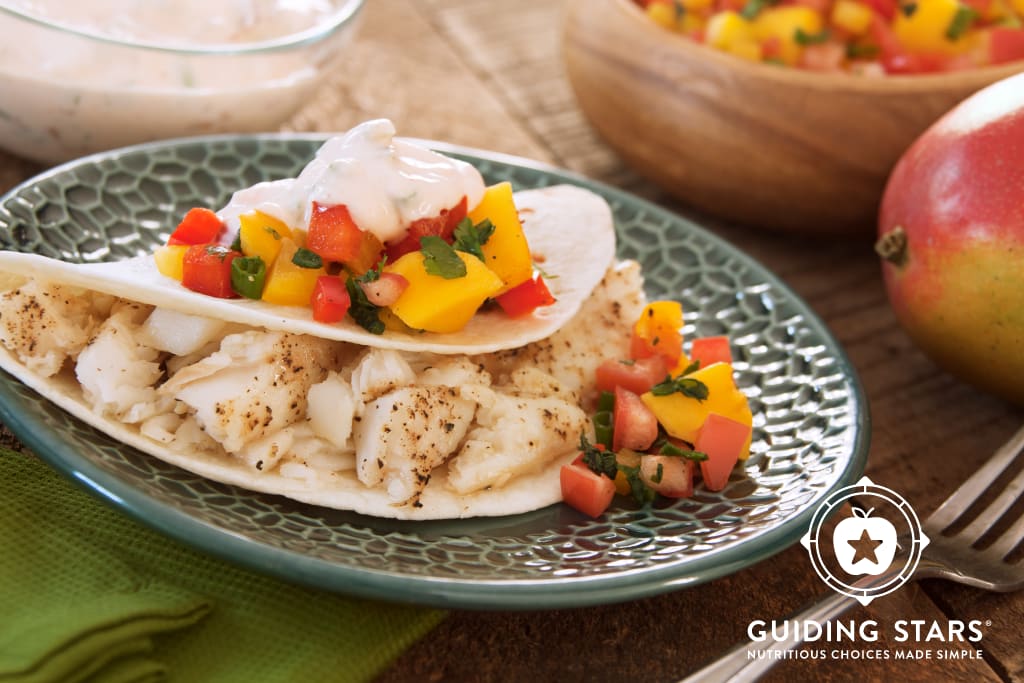
Consumers are aware that the foods they put in their grocery carts have a major impact on the environment. They are demonstrating an interest in more environmentally responsible food through their purchases. From 2013-2018, 50% of consumer packaged goods growth came from products marketed as sustainable. Products with a sustainability claim grew 5.6 times faster than products without one. Because of these trends, consumers can expect to see more sustainability marketing and claims on products. And that’s good, right? Consumers expressed power through their purchases.
Despite the increased interest in sustainability among consumers and growing sales among more sustainable products, there are still major shifts needed in our food system. However, small changes can still make a big impact. Let’s start with a few simple, grocery shopping shifts that can “green” our carts and lessen our collective impact on the environment.
Buy less meat.
Perhaps the most impactful change for the benefit of the environment that you can make in your grocery shopping is eating less meat. Beef, pork, and other red meats are especially damaging to the environment. Buying less environmentally harmful and more lean proteins like poultry, fish, nuts, and eggs can make a big difference in both your cart’s environmental footprint and nutrition. Although Guiding Stars does not rate for environmental impact, it can still help you make a difference, as many of the “best for you,” 3 Guiding Stars-earning proteins also have a better footprint, such as lentils or beans.
Fish Tacos with Mango Salsa
Make a salsa for fish tacos using leftover fruit or veggies in your fridge.
View recipe »Only buy what you need.
Food waste is estimated at 30-40% of the US food supply and 31% of that is at the retail and consumer level. Not only could this food be used to feed hungry families instead of rotting in landfills, it’s wasted environmental resources. Land, water, and energy is used to produce, process, transport, prepare, store, and dispose of this food. You can reduce the risk that you are going to waste food by planning a meal that utilizes food already at your home and by making a grocery list and sticking to it. Find other food waste tips for storing and repurposing food here.
Really use that reusable tote.
Plastic bags and other plastic products can harm wildlife on the land and easily wind up in rivers, storm drains, and oceans. I’m sure you have seen videos of the massive floating patches of garbage that threaten marine life. Because of these issues we have seen a national movement to reduce the use of the standard plastic grocery bags through taxes or bans. But did you know that reusable plastic totes have quite an environmental impact as well? The most environment-friendly way to carry your groceries is to use the same bag over and over. Before you head to the grocery store, move your bags somewhere where it will be harder to forget them so you don’t end up buying more.